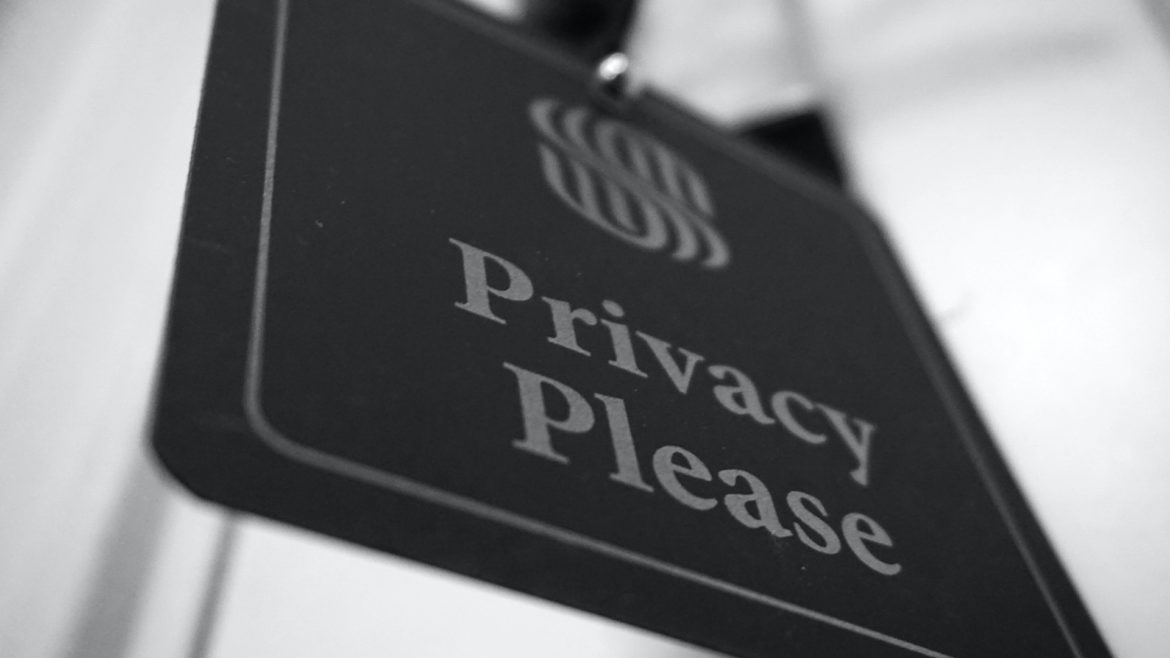Employees working in-person for private employers in New York City must have received at least one dose of an FDA-approved COVID-19 vaccine by December 27. The new measure, introduced by outgoing mayor Bill de Blasio, provides exemptions for sincerely-held religious beliefs and valid medical reasons, but does not provide a testing alternative. An application for an accommodation must be made by December 27th.
Employers must verify and keep a record of each in-person employee’s proof of vaccination by December 27. There are 3 options for how employers can meet this requirement:
- An employee’s copy of their proof of vaccination or a record of a reasonable accommodation with supporting documentation;
- Employers can create their own paper or electronic record that includes identifying information for each employee (i.e. name, whether fully vaccinated, proof of first dose, or record of reasonable accommodation);
- Employers may check each employee’s proof of vaccination before they enter the workplace each day. They must keep a record of each verification. [This option may be more suitable for larger employers].
By December 27, employers must complete the “Affirmation of Compliance with Workplace Vaccination Requirements” affirming they are in compliance with this requirement and post it in a public place.
Also, please note that each contractor who enters the workplace is subject to the vaccination requirement as well.
Additionally, Gov. Kathy Hochul signed an executive order requiring either masks or vaccines in public venues (including workplaces) in New York state.
As always, we are here to answer any questions.









